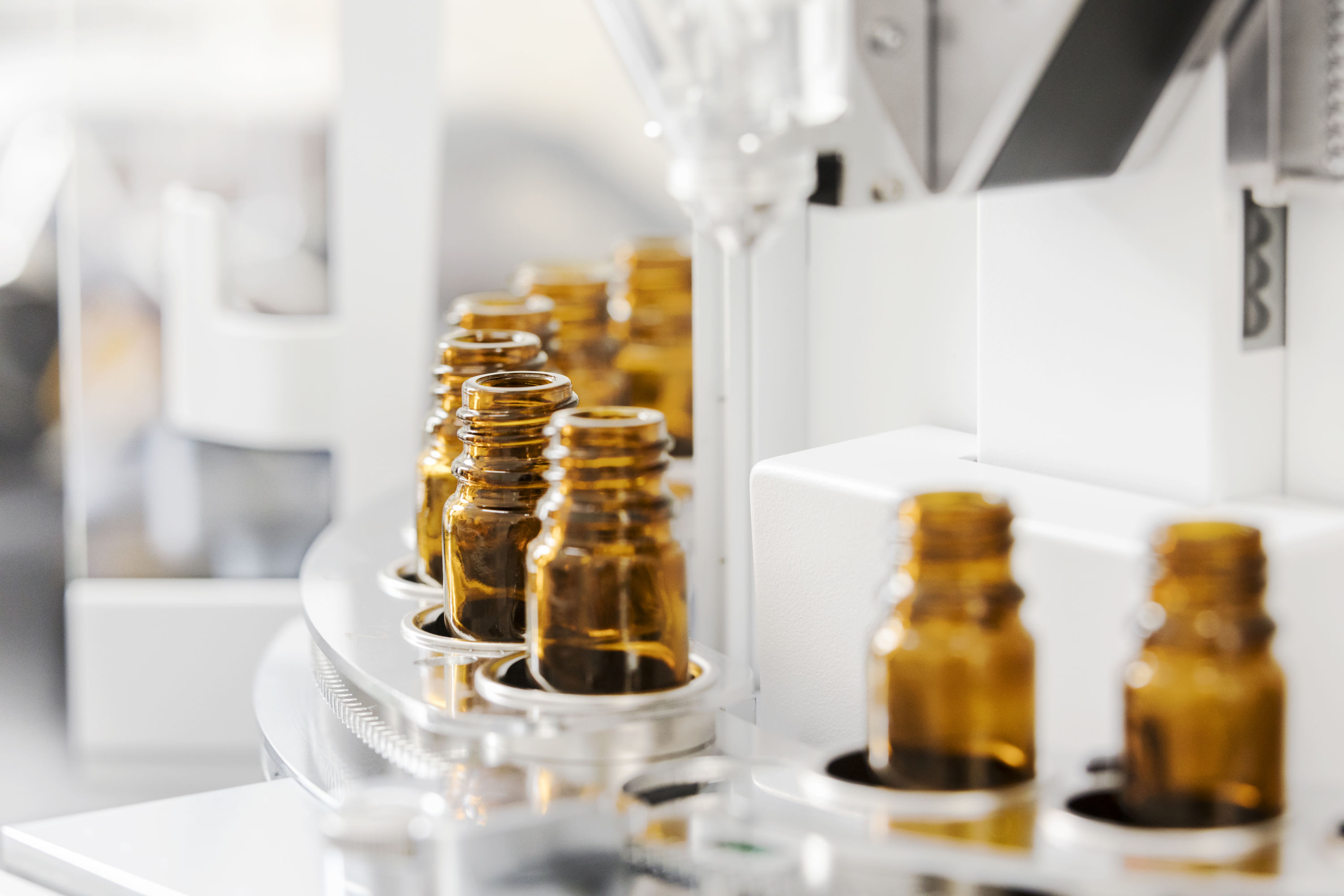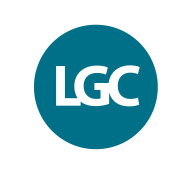Why ISO 17034?

As a provider of reference materials for a broad range of
scientific industries, many of LGC Standards’ products are manufactured
according to the International Organisation for Standardisation’s accreditation
scheme for reference material providers, ISO 17034.
Unlike ISO
17025, which is concerned with the competence of testing and calibration
laboratories in general, ISO 17034 is specifically designed to provide a
regulatory framework for reference material producers (RMPs).
Published in 2016, the latest iteration of ISO 17034
introduced a number of updates and revisions to what was then a seven-year-old
document (ISO guide 34:2009), bringing it into alignment with ISO’s ‘17000
series’ of conformity assessment schemes. These schemes – many of which are
produced in partnership with the International Electrotechnical Commission
(IEC) – cover a wide range of topics, from the application of braille on
signage, equipment, and appliances (ISO 17049) to the technical specifications
of meteorological weather balloons (ISO 17717).
In order to align the scheme with this wider conformity assessment series, a joint working group, formed by experts and stakeholders from the ISO Committee on Conformity Assessment (ISO/CASCO) and the ISO Committee on Reference Materials (ISO/REMCO), worked meticulously on the revision for two years. The committee updated the structure of the document according to a sequence employed across ISO’s conformity assessment standards, as well as specifying or elaborating on a number of requirements.
Whilst it may not roll off the tongue, ISO 17034 is at the
core of much of our work here at LGC Standards. The scheme provides a detailed
breakdown of the general requirements for competence insofar as RMPs areconcerned , and as such is intended to be used in conjunction with general
quality assurance procedures for the production of reference materials. Whether
we’re producing high-end reference materials for laboratories in the pharmaceutical, food & beverage, or industrial sectors, our
accreditation means we can reliably demonstrate the quality of our operations
for the complete production process.
Navigating the intricacies of ISO accreditation can be
dizzying, but the end result for laboratories sourcing ISO 17034-accredited
reference materials is ultimately a step-up in both quality and international
reputability. Insofar as LGC’s ISO 17034-accredited pharmaceutical reference
materials are concerned, assay values are determined by an ISO 17025-accredited
method, and verified by a secondary, independent technique. These materials are
accompanied by a detailed certificate of analysis (CoA), alongside a measurement uncertainty. They are also tested for
stability and homogeneity, further increasing their reliability.
Just like any other scientific product, ISO 17034 reference
standards are best thought of as a tool – a tool fit for a specific purpose. Over
550 of LGC’s range of pharmaceutical APIs are ISO
17034-accredited – for some laboratories, such as research
laboratories, sourcing products of the highest possible quality is not
essential, but for pharmaceutical laboratories these pharma-grade API reference standards represent the cream of the
crop when it comes to reference standards.
“Customers producing a drug substance or drug product meant
for human consumption would benefit most from the use of an ISO 17034 API
reference standard,” says Sabrina Kusserow, global product manager for
pharmaceuticals at LGC Standards. “In order to guarantee safety of the
medicine, strict regulations need to be followed – it’s therefore necessary
that our customers produce accurate analytical results, and are able to
demonstrate this to the authorities.”
For instance, following a Marketing Authorisation
Application (MAA), auditors may review used reference standards documentation. Should
the used reference standards prove insufficiently characterised, or should the
certificate of analysis be found lacking information, complications will be
sure to arise. “Using a reference standard that was manufactured under ISO
17034 accreditation reduces the risk of false results, and also the risk of
audit findings,” says Kusserow.

Position your company at the heart of the global Pharma industry with a CPHI Online membership
-
Your products and solutions visible to thousands of visitors within the largest Pharma marketplace
-
Generate high-quality, engaged leads for your business, all year round
-
Promote your business as the industry’s thought-leader by hosting your reports, brochures and videos within your profile
-
Your company’s profile boosted at all participating CPHI events
-
An easy-to-use platform with a detailed dashboard showing your leads and performance